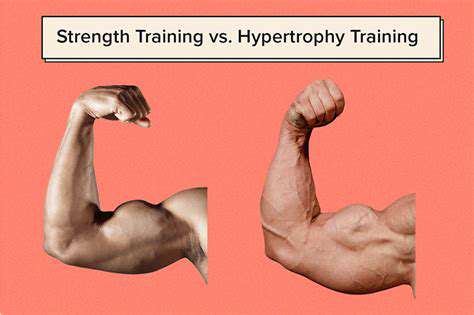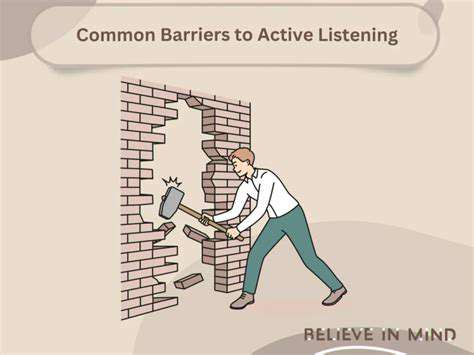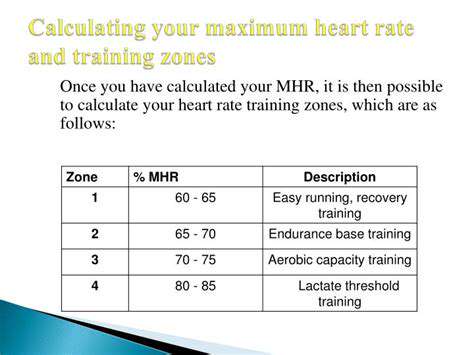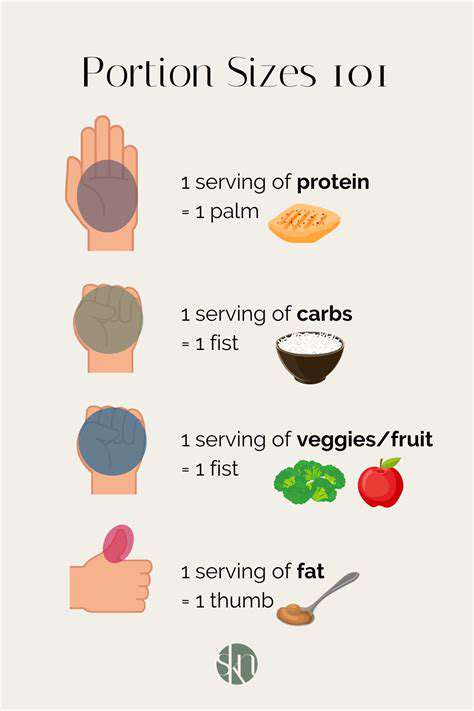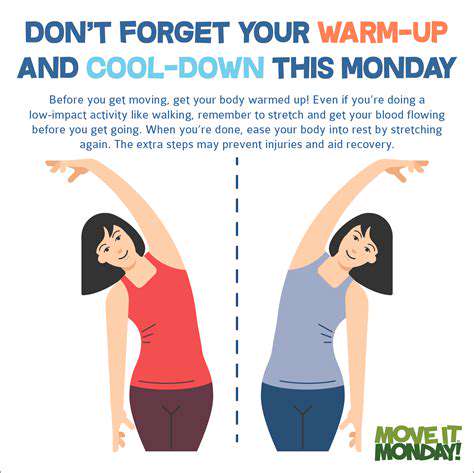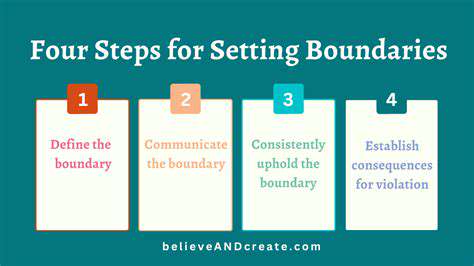Best Exercises for Improving Balance and Stability
Simple Exercises for Improved Balance at Home
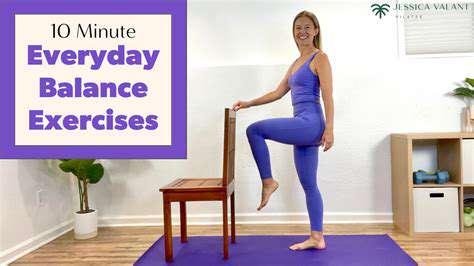
Improving Balance Through Simple Exercises
Improving balance is crucial for overall well-being, reducing the risk of falls, and enhancing daily activities. Simple exercises, when incorporated into a regular routine, can significantly improve balance and coordination. These exercises can be adapted to suit different fitness levels, making them accessible to everyone.
Regular practice of these exercises is key to seeing improvements in balance. Consistent effort, even in short bursts, will yield noticeable results over time. Don't be discouraged if you don't see immediate changes; patience and persistence are essential for building strength and balance.
Static Balance Exercises
These exercises focus on maintaining balance in a stationary position. A simple yet effective exercise is standing on one leg. Hold onto a sturdy surface for support initially, then gradually try to stand on one leg for longer periods without support. This strengthens the muscles in your legs and core, improving stability.
Another static exercise is the heel-toe walk. Walk a straight line, placing your heel directly in front of your toes as you take each step. This helps improve proprioception (your body's awareness of its position in space), a key factor in maintaining balance.
Dynamic Balance Exercises
These exercises involve moving while maintaining balance. Walking heel-to-toe on an uneven surface like grass or a carpet is a great dynamic balance exercise. This challenges your body to adjust to changing terrain, improving your ability to react to unexpected movements. It also improves coordination and agility.
Try standing on a balance pad or wobble board. These unstable surfaces force your body to work harder to maintain balance, engaging multiple muscle groups. This exercise is particularly useful for strengthening core muscles and improving overall stability.
Advanced Balance Exercises
As your balance improves, you can progress to more challenging exercises. Consider exercises like single-leg squats, or lunges. These exercises are more demanding, requiring stronger core muscles, and improved stability. These will contribute to improving your balance in different situations.
Incorporating these exercises gradually, as your balance improves, will help you reach your goals more effectively. It's crucial to listen to your body and avoid pushing yourself too hard, especially when starting out. Always consult your doctor or physical therapist before starting any new exercise program.
Advanced Balance Exercises for Enhanced Stability
Improving Balance Through Proprioceptive Training
Proprioceptive exercises are crucial for enhancing balance by stimulating the body's awareness of its position and movement in space. These exercises often involve challenging your body's equilibrium, such as standing on one leg, performing single-leg squats, or using balance boards. By repeatedly engaging in these activities, your body learns to adapt and react more effectively to shifting weight and balance demands, ultimately leading to improved stability and reduced risk of falls, particularly important for older adults and those with balance disorders.
A key aspect of proprioceptive training is the gradual increase in difficulty. Starting with simpler exercises like standing on one leg with eyes open, progress to more complex variations such as standing on one leg with eyes closed, or incorporating dynamic movements like heel-toe walking or tandem stance. This progressive approach allows your body to adapt and strengthen its balance mechanisms over time, ensuring that you steadily improve your stability without putting undue stress on your joints or risking injury.
Dynamic Balance Exercises for Functional Movement
Dynamic balance exercises focus on maintaining stability while moving. These exercises mimic real-life situations where balance is required, such as walking on uneven terrain, stepping over obstacles, or changing directions quickly. Examples include walking heel-to-toe, performing lateral shuffles, or incorporating balance training into everyday activities like reaching for objects while standing on one leg. This type of training is particularly beneficial for improving agility and responsiveness, making you better equipped to handle unexpected situations and maintain stability during everyday activities.
Incorporating dynamic balance exercises into your routine can significantly improve your functional mobility. By challenging your body to maintain balance while moving, you strengthen the muscles and nervous system responsible for stability. This translates into better performance in various physical activities and daily tasks, making everyday movements safer and more efficient.
Static Balance Exercises for Core Strength and Stability
Static balance exercises involve maintaining a specific posture or position without moving. These exercises are essential for building core strength and improving overall stability. Common examples include single-leg stance, standing on a foam pad, or performing a modified yoga pose like tree pose. By holding these positions for extended periods, you engage multiple muscle groups, including those in your core, legs, and hips, strengthening the stabilizing mechanisms throughout your body.
Practicing static balance exercises regularly can also contribute to improved posture and reduced back pain. Maintaining a stable base and engaging core muscles for balance helps to improve spinal alignment, thereby reducing the risk of back pain and promoting better overall body posture. These exercises are particularly useful in improving stability for various daily activities and reducing the risk of falls.
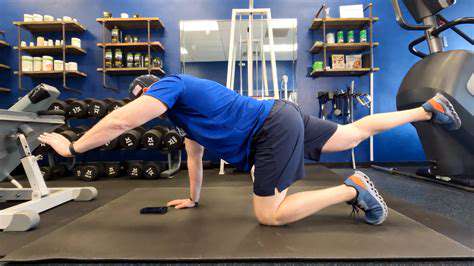
Read more about Best Exercises for Improving Balance and Stability
Hot Recommendations
-
*Guide to Managing Gout Through Diet
-
*Best Habits for Financial Well being
-
*How to Build a Routine for Better Mental Health
-
*How to Eat Healthy on a Budget [Tips & Meal Ideas]
-
*Guide to Practicing Self Acceptance
-
*How to Incorporate More Movement Into Your Day
-
*Guide to Managing Chronic Pain Naturally
-
*Guide to Building a Reading Habit for Well being
-
*Top 5 Weight Loss Supplements That Actually Work
-
*Best Exercises for Postpartum Recovery [Beyond Abdominal Work]


